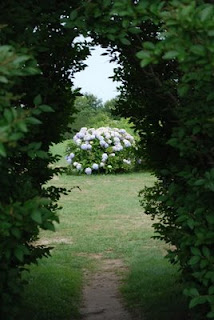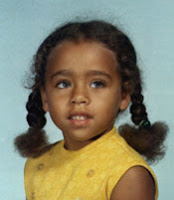Lacking the ability to cast curses, Cassel is the black sheep of his magical family. His home life is a wreck since his father died and his mother was imprisoned for entrapping a wealthy man with her love spells. His magical brothers are caught up in schemes they won’t share with him. Even worse, Cassel is haunted by the hazy memory of killing his best friend, Lila. At boarding school Cassel tries to carve out a normal life, but disturbing dreams about a white cat haunt him. In his effort to uncover the truth, Cassel is sucked into the magical crime world of New Jersey.
I can see this fast-paced, frequently violent story being a big hit with teenaged boys. That’s not to say that teenaged girls and grown ups won’t enjoy White Cat too, but the target audience would be boys aged 14 and up who grew up with Harry Potter and are looking for something edgier. This would also be a great choice for reluctant readers. With all the criminal intrigue, con games and splattered blood, the experience of White Cat was more like gaming than reading, and yet the writing was excellent.
My one criticism was that sometimes the writing was too good. The lyrical descriptions seemed out of place coming from Cassel’s mobster mouth:
“Above the trees, their leaves the pale green of new buds, bats weave through the still bright sky. The air is heavy with the smell of crushed grass, threaded through with smoke. Somewhere someone’s burning the wet, half-decomposed foliage of winter.”This doesn’t sound like a 17-year-old boy who organizes betting pools in his dorm and grew up in a dysfunctional criminal family. Later Cassel notices “hydrangeas” in a vase when meeting a scary crime lord. My 15-year-old son might recognize that word, but only after digging 3 holes for me to plant the flowering bushes in our garden. Cassel’s yard is full of weeds and his house is stuffed with rotting junk.
I’m not saying that a boy can’t have a lyrical voice, but we need a source in his character. Black could have made Cassel a bookworm or a closeted poet. Personally, I enjoyed those lyrical passages far more than the graphic descriptions of violence. As faults go, lyrical writing is a good one!
Despite the occasional voice disjoint, White Cat is a well crafted page-turner full of intriguing characters and surprising plot twists. I couldn't put this impressive book down. This was my first exposure to the talented Holly Black, and I’m sure it won’t be my last.
While working on my NOT CRICKET, with its alternating male-female narration, I’ve been seeking out young adult novels with convincing male voices that still have cross-gender appeal. Please recommend others in the comments if you know of any.
I'll be offline most of today getting my son off to 7 weeks canoeing in the wilderness, but I'll be back soon. He's taking The Poacher's Son by Paul Doiron with him.
Holly Black explaining the inspiration behind White Cat.
Reviewers Disclaimer: I bought this book on its release in May 2010 (June in the UK) without compensation. Thank you authors Kami Garcia and Margaret Stohl for recommending White Cat to me. Hydrangeas on Nantucket Island photo by me.
















